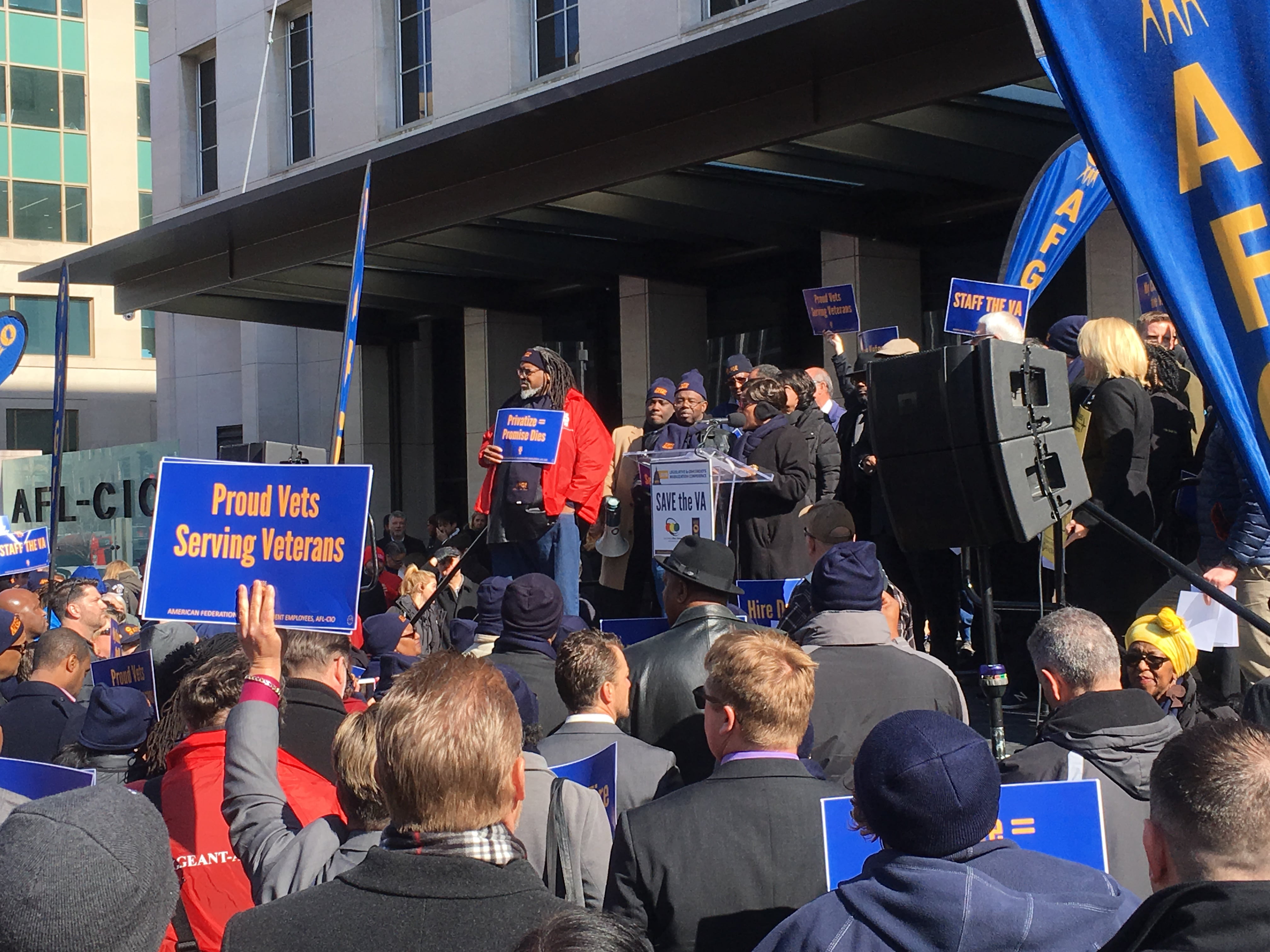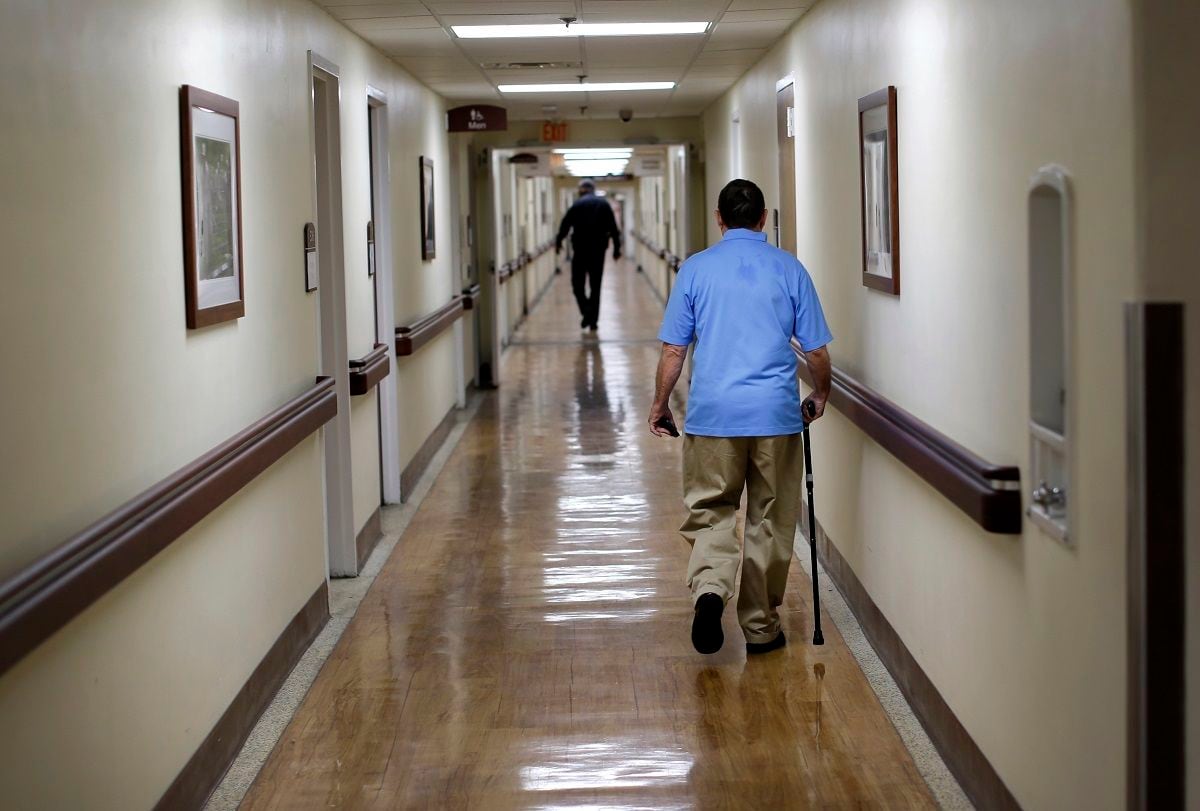Despite repeated calls from lawmakers to fill empty positions within the Department of Veterans Affairs, the number of staff vacancies rose to nearly 50,000 over the last year, according to the latest federal data.
Now a key Senate Democrat wants to know why the shortfall isn’t being fixed.
In a letter to VA Secretary Robert Wilkie this week, Senate Veterans’ Affairs Committee ranking member Jon Tester, D-Mont., said he has “serious concerns” that officials have not found a way to deal with the department’s “persistent workforce shortage” despite pressure and assistance from Congress.
RELATED

“I remain consistently frustrated that VA medical facilities, particularly those in rural areas, are dramatically understaffed,” Tester wrote. “I regularly hear from veterans throughout Montana and elsewhere that vacancies and constant turnover negatively impact how quickly they can get appointments, as well as the quality of their relationship with their doctor.”
The number of open positions within the department grew to more than 49,000 at the end of fiscal 2019, up about 3,000 from a year earlier. Of those, more than 43,000 are in the Veterans Health Administration.
Tester said lawmakers have offered new hiring incentives such as loan repayment and relocation incentives, but have been disappointed with the results thus far.
Union officials have also repeatedly attacked VA leaders for the problem, saying that the administration has been more focused on promoting new private-sector health care options for veterans than filling open positions.
VA officials said they will respond Tester’s letter in private. But in a statement, VA Press Secretary Christina Mandreucci said many of the vacancies can be attributed to “normal retirements and job changes” and not widespread problems with department hiring practices.
“VA’s number of vacancies is a normal part of doing business and is not negatively impacting our ability to provide veterans care,” she said. “The best indicator of adequate staffing levels is not vacancies, but veteran access to care and health care outcomes. By those standards, VA is doing well.”
RELATED

The department’s staff grew nearly 4 percent from the end of fiscal 2018 to the end of fiscal 2019. While the vacancy totals also grew, the vacancy rate remained around 11 percent, which VA leaders have said is in line with most other federal agencies.
Mandreucci said that on an annual basis “VA hires more employees than it loses, to replace turnover and keep up with the growth in demand for services.”
But Tester said the department can still do more. He is asking for a better breakdown of the vacancies from VA officials, to include the effectiveness of new recruiting and retention efforts.
“Veterans across the country continue to face the effects of an understaffed VA,” he wrote. “It is essential that the department makes full use of the authorities provided by Congress and identify any challenges in implementation.”
Leo covers Congress, Veterans Affairs and the White House for Military Times. He has covered Washington, D.C. since 2004, focusing on military personnel and veterans policies. His work has earned numerous honors, including a 2009 Polk award, a 2010 National Headliner Award, the IAVA Leadership in Journalism award and the VFW News Media award.





